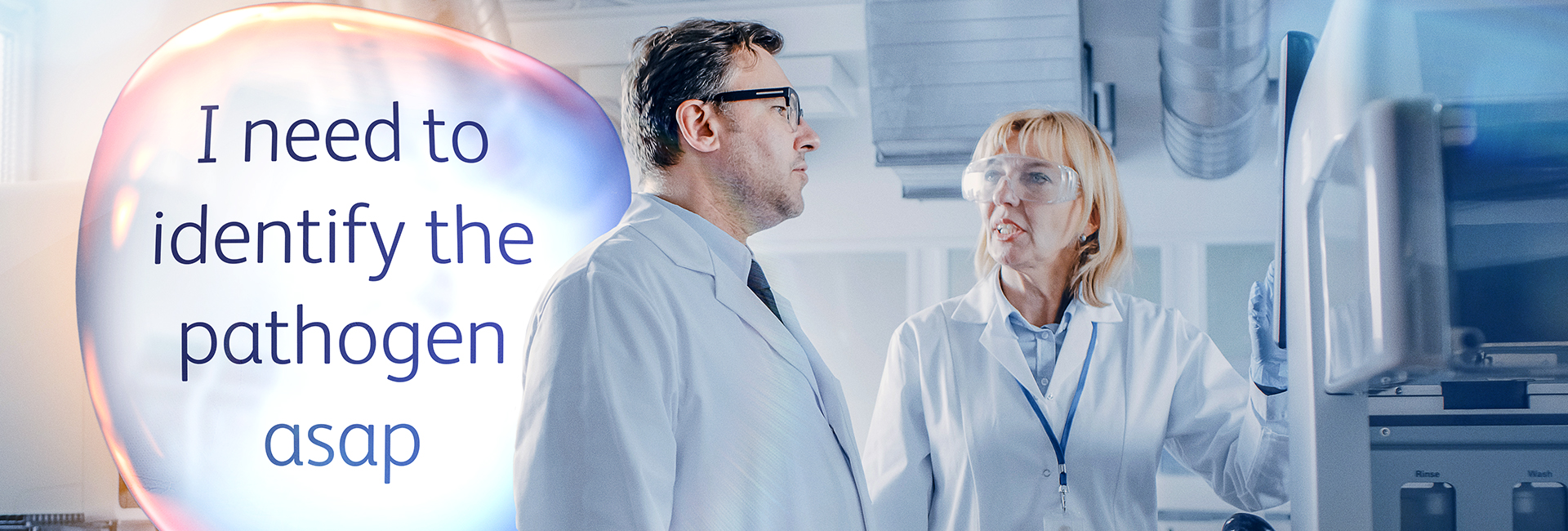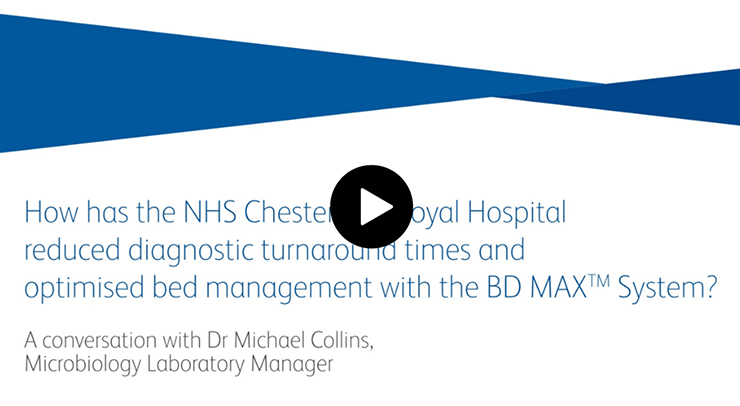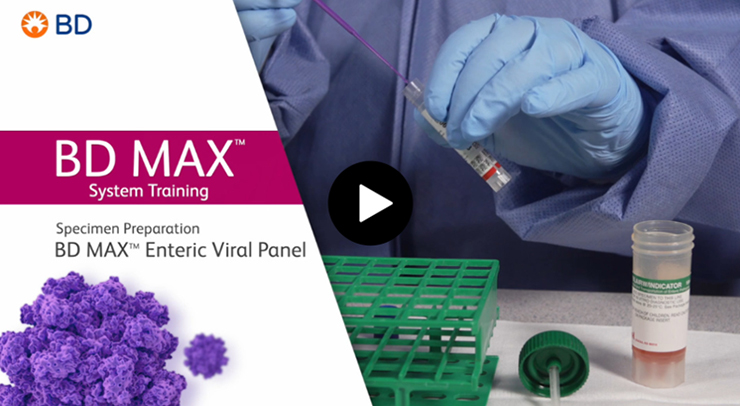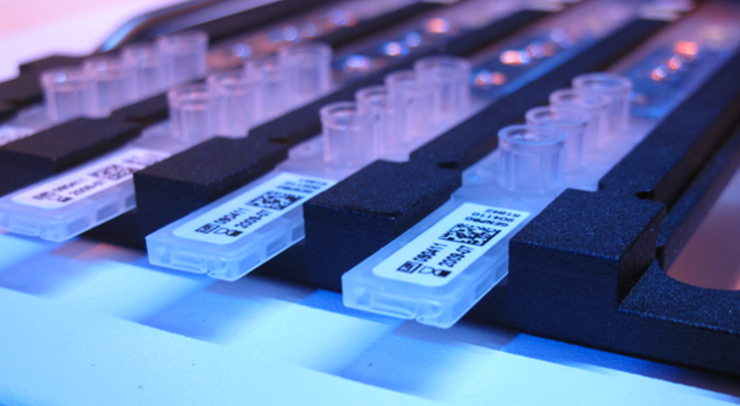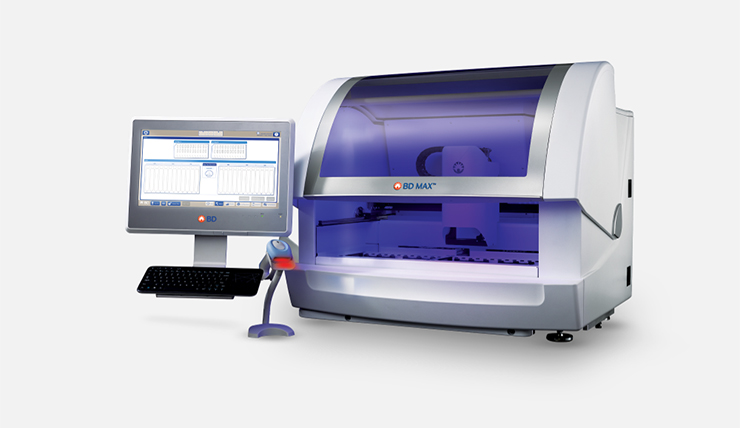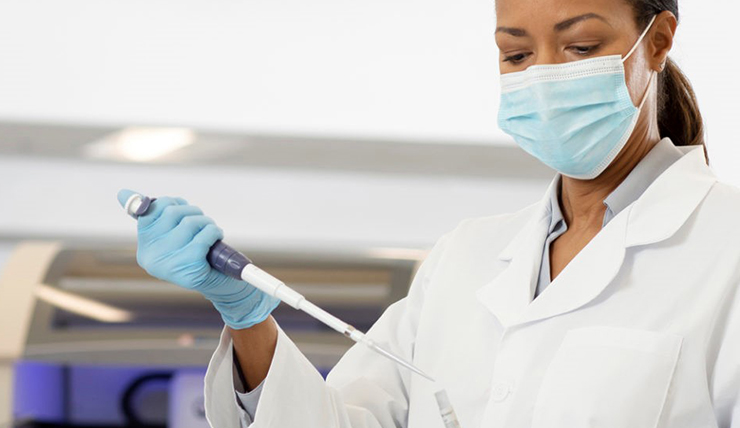Don't let gastrointestinal infections impact your laboratory's efficiency
When the stakes are high, why settle for time-consuming diagnostic methods?
Though among the most common global infectious diseases, gastrointestinal infections can create a major burden for the healthcare system, especially if your lab is lacking the resources, trained staff and equipment to detect certain pathogens.1
Traditional diagnostic methods such as culture, microscopy and immunoassay can take up to 3-5 days to identify the causative agents of infection, potentially impacting lab workflow, budget, clinical decision-making and patient outcomes. This inefficiency can lead to:
- Delayed results2
- Difficulty growing certain organisms on culture media1,3
- False results due to subjective interpretation of microscopy4
The culture method in particular is labour intensive with poor sensitivity and low positive culture rates, requiring 3-5 days for pathogen detection.1,5
Can your lab afford the risks of inefficient enteric diagnostics?
Gastroenteritis: The big picture
Dive deeper into prevalence of bacterial, viral and parasitic infection in acute gastroenteritis and main diagnostic methods.
Evaluation diagnostic methods of acute gastroenteritis
Learn more about the challenges of traditional diagnostic methods and how these inefficiencies can affect your laboratory workflow.
Make the move to molecular testing.
Rapid, accurate pathogen identification is crucial to minimising outbreak risk.6
When early detection or identification of pathogens can help lead to faster treatment decisions, reduce hospital length of stay, prevent unnecessary antibiotic use and most importantly, save lives, you need to implement the most rapid, reliable testing solution.7
Transitioning from culture to molecular testing, namely nucleic acid-based amplification tests (NAATs), has been shown to significantly improve the sensitivity, specificity, time to results of your laboratory’s gastroenteritis testing.1 It also allows easy differentiation between pathogenic and non-pathogenic species, such as Entamoeba histolytica and Entamoeba dispar8.
Thanks to NAATs, your laboratory can facilitate the rapid diagnosis, treatment and management of gastrointestinal infections.1

Time-motion analysis: stool culture vs BD MAX™ Enteric Bacterial Panel
Gain a greater understanding of the benefits of molecular testing in this evaluation comparing workflow and time-to-results with culture.
The BD MAX™ difference
The innovation of the BD MAX™ System offers you a fully integrated, automated real-time PCR platform with an array of targeted syndromic panels that provide improved rapid detection of bacterial, viral and parasitic pathogens responsible for ≥90% of infectious diarrhoea.9
Its automated workflow reduces manual tasks to achieve rapid, reliable results and facilitates off-hour testing, helping to offset molecular testing costs.*2,10
- Rapid results: 96 results available within the same day
- More time for value-added tasks: Less than 1.5 minutes of hands-on time with ready-to-use, room temperature reagents
- All-inclusive package: All reagents and required tips are included in the assay kits of the BD MAX™ System
- Easy to use: Snap, load and go system with limited training required and minimal daily set-up and intervention during the run
- Concurrently test viral, bacterial and parasitic pathogens: Run and rack compatibility with most BD MAX™ assays**
- Help reduce risks of contamination and human error: Fully automated sample processing and results interpretation
Make the step toward simplicity and cost-effectiveness with the BD MAX™ System.
Testimonial: Improve patient management
How did the NHS Chesterfield Royal Hospital reduce diagnostic turnaround times and optimise bed management with the BD MAX™ System?
Sample preparation—BD MAX™ Enteric Viral Panel
Learn more about the ease of specimen preparation on the BD MAX™ System and best practices in readying your samples.
The full BD MAX™ enteric testing menu
Discover the full menu of assays for enteric testing and how your laboratory can benefit from the BD MAX™ System.

What's new on the BD MAX™ System?
At BD, we are committed to continuous improvement. Discover our latest molecular innovations below.
Discover the enhanced BD MAX™ System
With hardware and software innovations, the enhanced BD MAX™ System is designed to be easy-to-use, provide even more consistent results and enhance laboratory efficiency and ergonomics.11
FecalSwab™ now validated for the BD MAX™ Enteric Portfolio
As a step toward the BD vision of integrating molecular testing into the automated BD Kiestra™ microbiology workflow, you can now consolidate your sample types across molecular and culture testing with FecalSwab™ now validated on the BD Enteric Portfolio for the BD MAX™ System.***

